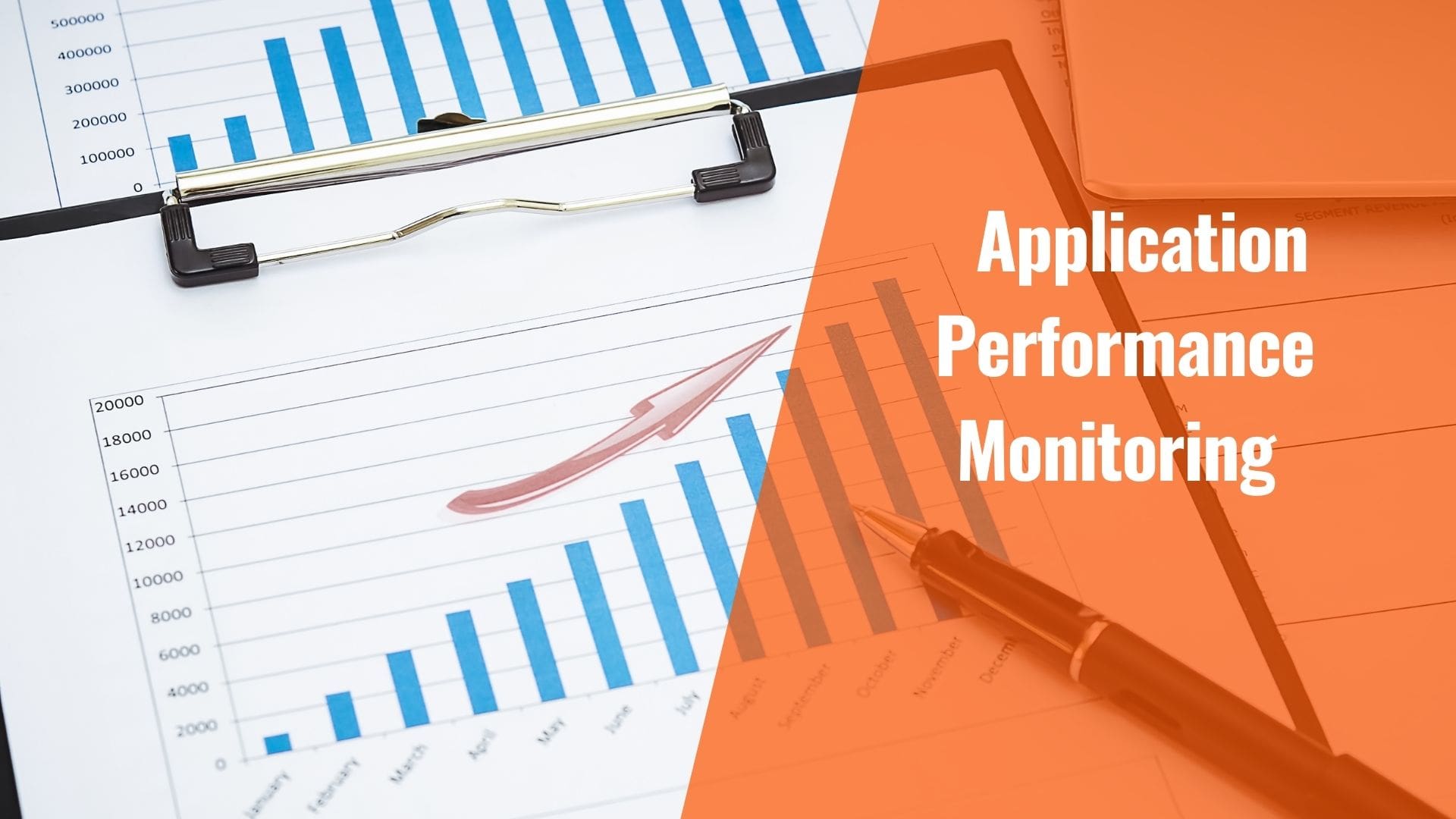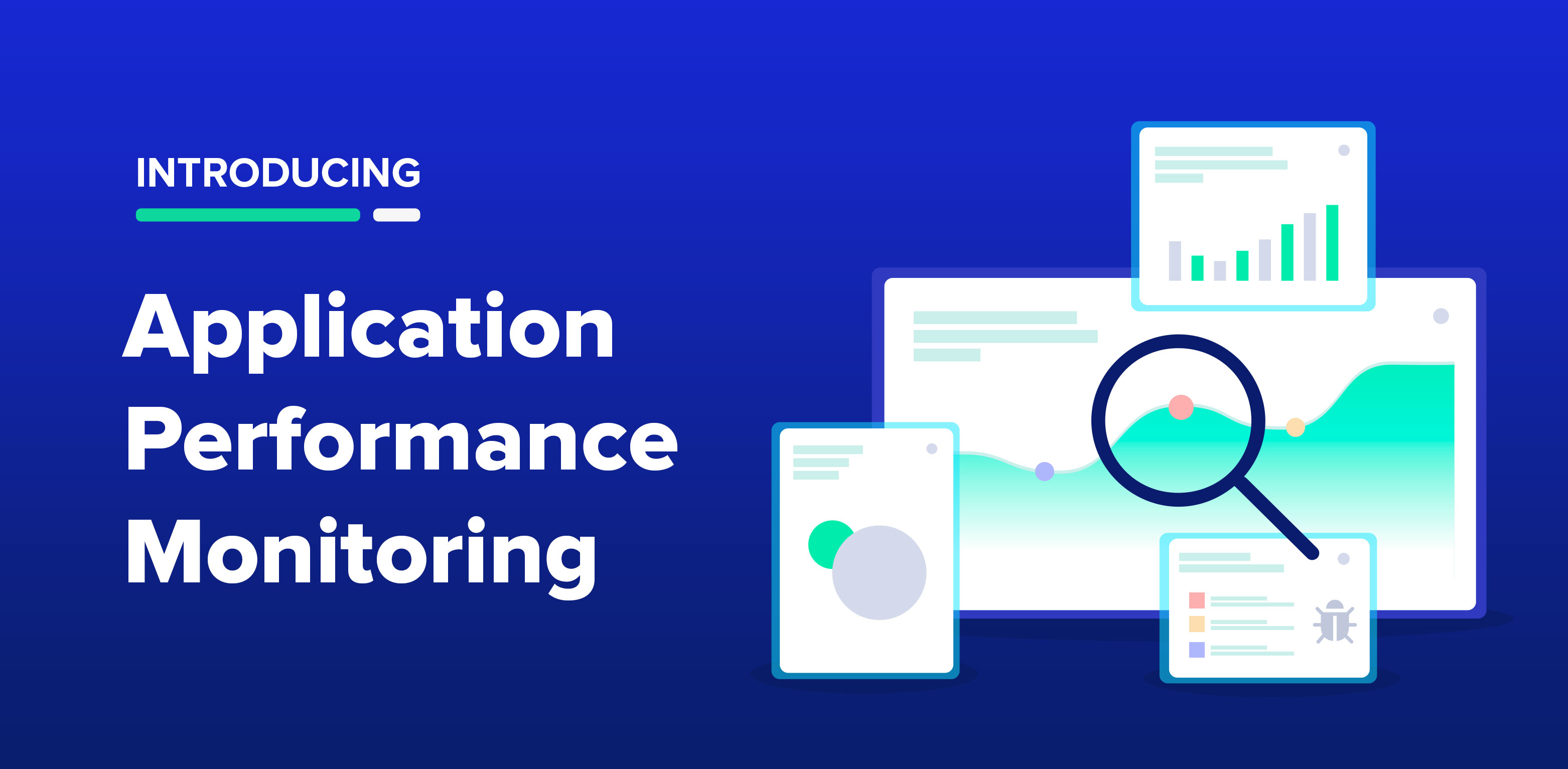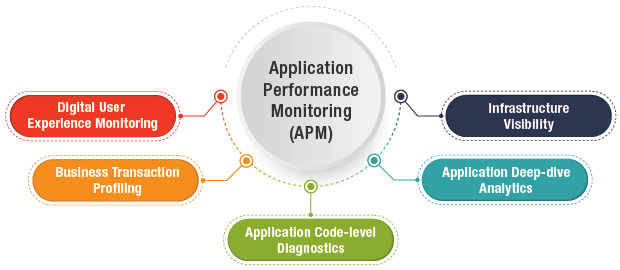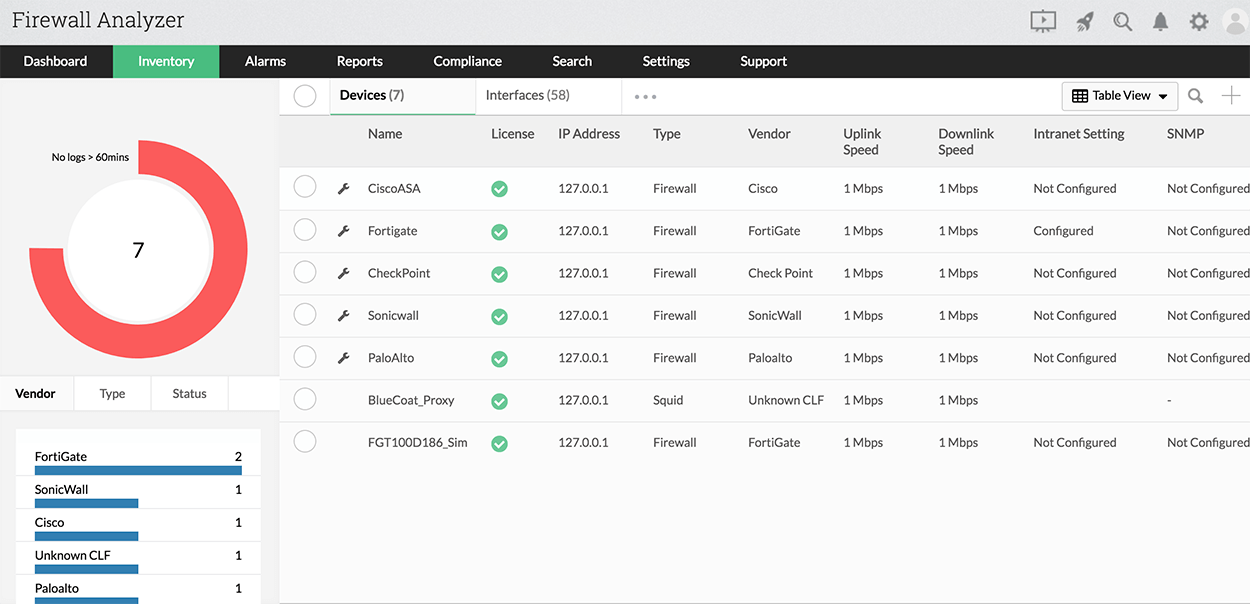
In today’s technology-driven world, applications have become an integral part of our daily lives. Whether it’s a mobile app that helps us navigate through the city or a web application that allows us to shop online, these applications have simplified our tasks and enhanced our experiences. However, with the increasing complexity of these applications comes the need for constant monitoring and maintenance.
Application monitoring refers to the process of tracking and analyzing various performance metrics, such as response time, resource utilization, and error rates. It provides developers and system administrators with insights into how their applications are performing in real-time. While many might overlook this aspect of application development, it is crucial for ensuring optimal functionality and user satisfaction.
Why monitoring your application is crucial
Monitoring your application is crucial for several reasons. Firstly, it helps in detecting and identifying any issues or bugs that may arise in your application. By closely monitoring the performance and behavior of your application, you can quickly catch any errors or glitches and address them before they become major problems. This proactive approach ensures that your application remains reliable and efficient, providing a smooth user experience.
Secondly, monitoring allows you to track and analyze key metrics such as response time, server uptime, and user traffic. These insights are invaluable in understanding how your application is performing in real-time. By continuously monitoring these metrics, you can easily identify patterns or trends that could indicate potential issues or areas for improvement. Additionally, monitoring also plays a critical role in ensuring the security of your application. By keeping a close eye on access logs and net work traffic, you can quickly detect any suspicious activity or unauthorized attempts to access sensitive data. This enables you to take immediate action to prevent security breaches or mitigate their impact. Neglecting proper monitoring can lead to degraded performance, user dissatisfaction, compromised security, and ultimately harm the reputation of both the app itself as well as its developers.
What is application monitoring?

Monitoring your application is crucial to ensuring its performance, availability, and reliability. Application monitoring involves tracking various aspects of your application’s behavior and performance in real-time or near real-time. This includes monitoring response times, CPU and memory usage, database queries, error rates, and other key metrics.
By continuously monitoring your application, you can quickly identify any issues or bottlenecks that may arise. This allows you to proactively address these issues before they impact the end-user experience. Monitoring also helps you understand how your application behaves under different conditions and loads, allowing you to optimize its performance and scalability. Furthermore, application monitoring provides valuable insights into user behavior and usage patterns. By analyzing this data, you can make informed decisions about feature enhancements or optimizations that will improve the overall user experience. Ultimately, effective application monitoring is essential for maintaining a high-quality product that meets the expectations of your users.
The benefits of monitoring your application

Monitoring your application is crucial for several reasons. First and foremost, it helps you identify and resolve any issues or bugs in real-time. By constantly monitoring the performance of your application, you can detect any anomalies, errors, or crashes that might occur. This allows you to promptly address these issues before they become major problems and negatively impact user experience.
Furthermore, monitoring your application enables you to optimize its performance. Through detailed insights provided by monitoring tools, you can identify areas that require improvement or optimization. For example, monitoring can help you identify slow response times or excessive resource usage. Armed with this information, you can make necessary adjustments to enhance the overall efficiency of your application. In addition to troubleshooting and optimization benefits, monitoring also plays a vital role in ensuring security. It allows you to track and analyze data related to potential security breaches or suspicious activities within your application. With real-time alerts and notifications regarding any unusual behavior detected through monitoring tools, you can proactively respond to threats and mitigate risks before they cause significant harm.
Overall, the benefits of monitoring your application are numerous – from identifying issues promptly to optimizing performance and enhancing security measures. By keeping a close eye on your application’s performance through effective monitoring practices, you can ensure a smooth user experience while maximizing its potential success in the competitive digital landscape.
Identify and fix performance issues
Monitoring your application is crucial to ensure its optimal performance. By regularly monitoring your application, you can identify any potential performance issues and address them promptly before they escalate into major problems. Performance issues can significantly impact the user experience, leading to frustration and dissatisfaction.
One of the main reasons why monitoring your application is important is that it allows you to proactively detect and fix any bottlenecks or inefficiencies in your system. This can include slow response times, high CPU or memory usage, database queries taking too long to execute, or excessive network latency. By identifying these performance issues early on, you can take necessary actions such as optimizing code, tuning database queries, or scaling up resources to maintain a smooth user experience. Moreover, monitoring also helps in predicting future performance concerns by tracking historical data trends. By analyzing past performance patterns and metrics like response time and throughput, you can anticipate potential problems before they actually occur. This proactive approach enables you to implement appropriate measures like load balancing or caching mechanisms ahead of time.
It helps in detecting and resolving performance issues promptly as well as predicting future concerns based on historical data trends. Regularly monitoring your application empowers you to take proactive steps towards improving its overall efficiency and responsiveness.
Ensure optimal user experience
Monitoring your application is crucial to ensure optimal user experience. Without monitoring, you may not be aware of any issues or performance bottlenecks that are affecting the usability of your application. By regularly monitoring your application, you can identify and address any issues before they impact the end users.
Monitoring helps you understand how your application is performing in real-time and provides valuable insights into its usage patterns. It allows you to track key metrics such as response time, server uptime, and error rates. By keeping a close eye on these metrics, you can quickly detect any anomalies or deviations from normal behavior. Additionally, monitoring enables proactive troubleshooting and problem-solving. It gives you visibility into potential issues before they become critical problems. With the ability to monitor various components of your application stack including servers, databases, and networks, you gain a comprehensive view of the entire system’s health and performance. By investing in monitoring tools and practices for your application, you can ensure that it delivers the best possible user experience by promptly addressing any performance issues or bottlenecks that may arise.
Detect and prevent security breaches

Monitoring your application is crucial in detecting and preventing security breaches. With the ever-increasing cyber threats, it is essential to have a robust monitoring system in place to ensure the protection of sensitive data and prevent unauthorized access. By constantly monitoring your application, you can identify any suspicious activities or anomalies that may indicate a potential breach. Effective monitoring allows you to detect security breaches promptly, enabling you to take immediate action to mitigate any potential damage. This includes identifying vulnerabilities in your system and patching them up before they are exploited by malicious actors. Additionally, continuous monitoring helps you stay compliant with industry regulations and standards by ensuring that all security measures are up-to-date. By investing in a comprehensive monitoring solution, you can significantly enhance the overall security posture of your organization and protect sensitive data from falling into the wrong hands. A full range of tools can be used to monitor the security posture of your system:
Firewall Monitoring:

Firewall monitoring plays a crucial role in ensuring the security and integrity of an organization’s network. With cyber threats evolving constantly, monitoring the firewall allows IT professionals to identify and respond to potential breaches or unauthorized access attempts promptly. By continuously monitoring the firewall logs, organizations can detect any suspicious activity, such as unusual traffic patterns or unauthorized connection attempts.
Moreover, effective firewall monitoring enables organizations to enforce their security policies effectively. It helps ensure that only authorized traffic is allowed through the network while blocking any malicious or unauthorized access attempts. By regularly reviewing firewall logs and analyzing network traffic, IT professionals can identify potential vulnerabilities and take necessary measures to mitigate them before they are exploited by hackers. Overall, investing in robust firewall monitoring processes is vital for maintaining a secure network environment and protecting sensitive information from being compromised by external threats. It not only helps organizations respond promptly to potential breaches but also strengthens their overall cybersecurity posture by identifying areas for improvement and implementing effective security measures accordingly.
Conclusion: Importance of ongoing application monitoring.
In conclusion, monitoring your application is crucial for ensuring its optimal performance and user experience. By regularly monitoring key metrics such as response times, error rates, and resource utilization, you can proactively identify and address any issues before they escalate and negatively impact your users. Additionally, monitoring allows you to gather valuable data that can help you make informed decisions about scaling your infrastructure or implementing new features. It also enables you to track the effectiveness of any changes or updates you make to your application. Ultimately, investing in a comprehensive monitoring solution is not only a proactive measure but also a way to demonstrate your commitment to delivering a reliable and high-quality application to your users. So, don’t wait until problems arise – start monitoring now!
ALSO READ : Unveiling The Hidden Secrets Of On-Page Optimization For SEO Success





